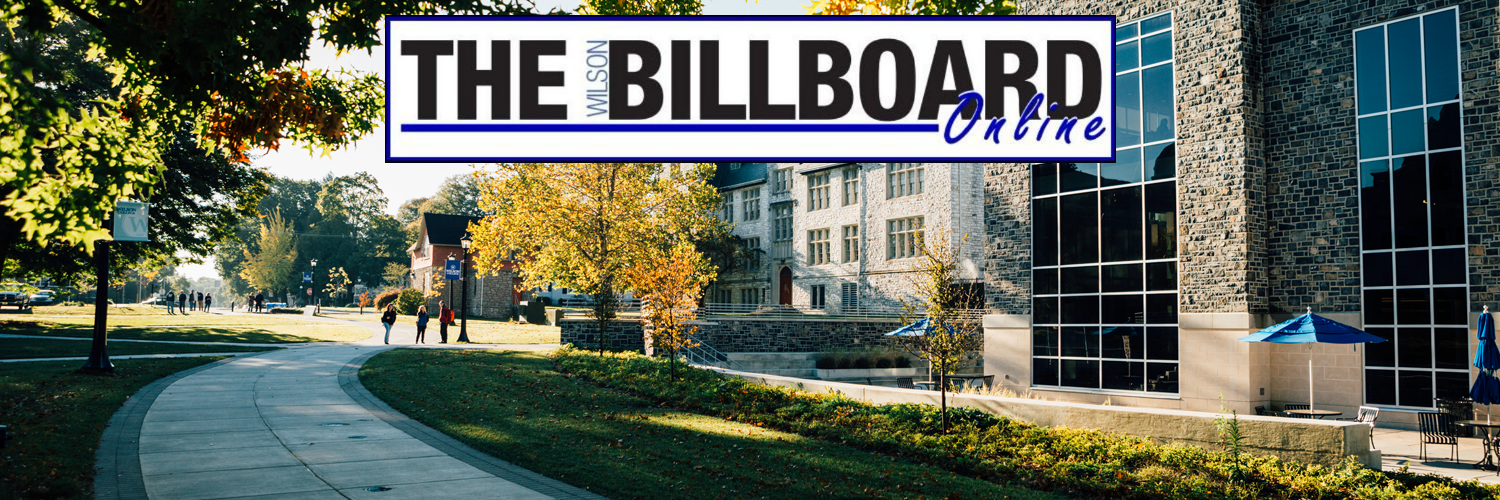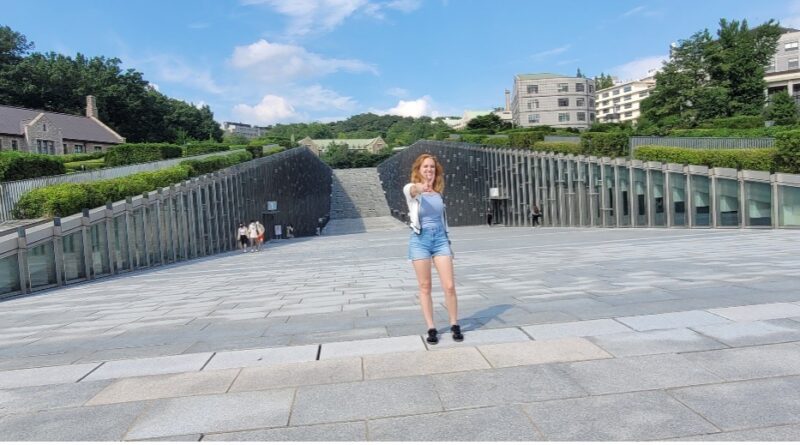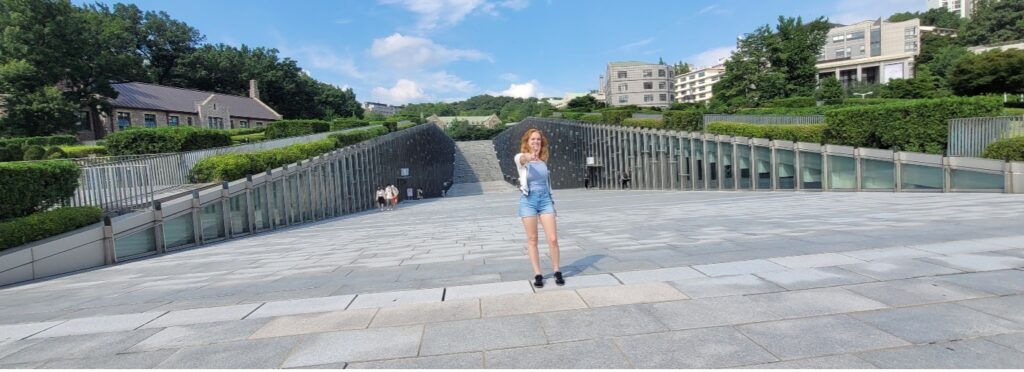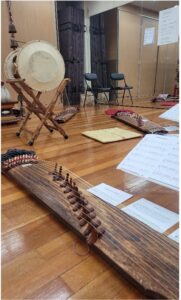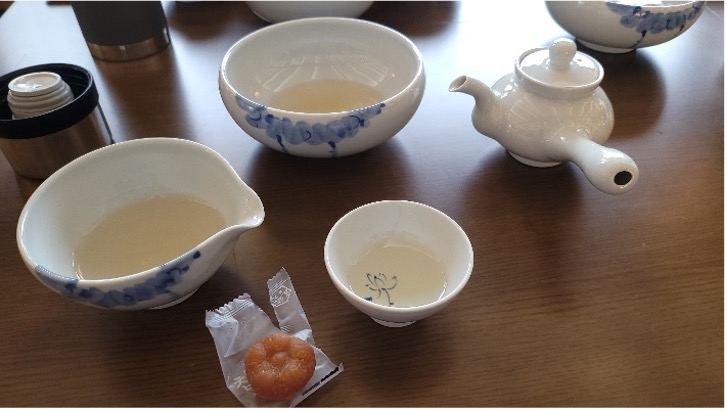Exploring Halfway Around the World
By Moe Kiefer
안녕하세요! An-nyeong-ha-se-yo means “Hello” in Korean. This summer, I was able to participate in a study abroad program at EWHA Woman’s University in Seoul, South Korea. During July and part of August (also known as the Monsoon season), I completed three intensive classes: Traditional Korean Music, Gender Relations in South Korea, and a Korean Language course.
During my classes, I learned to play a 12-stringed wood (zither) instrument called a 가야금 ga-ya-geum. This instrument is played by plucking, flicking, and pressing on the strings.We also learned Jang-gu, a double-sided drum.
We learned several Korean folk songs, including “Arirang,” “Three Little Bears,” and “School Bells,” and more advanced songs like “Hwimori.”
In Gender Relations, we learned about several significant issues surrounding gender equality that Korea is currently facing.
We took a field trip to South Korea’s Women’s Rights and War Museum for Korean Comfort Women. This was a quiet trip that everyone enjoyed that tugged on everyone’s heartstrings.
My last course was an intermediate Korean Language class. The content was entirely in Korean, which built up my knowledge and vocabulary. It improved my ability to speak and communicate with locals during my time there.
At EWHA, classes were held Monday through Thursday, and Fridays were field trip days. On the first Friday, we went to the heart of Seoul and toured Gyeongbokgung Palace, where the last King ruled and lived during Korea’s last dynasty.
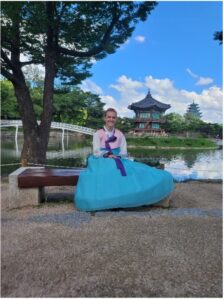 We wore traditional Korean outfits called Hanbok while touring the historical palace amid the bustling city.
We wore traditional Korean outfits called Hanbok while touring the historical palace amid the bustling city.
We also took a trip to South Korea’s most well-known park, Lotte World. It is the world’s largest indoor amusement park and has an outdoor section.
Inside, three levels hold several different attractions and rides, while the bottom floor is their ice-skating rink. Outside, people waited for almost 2 hours to ride rollercoasters.
The last field trip was to Jogyesa Temple, located in the heart of Seoul and only a 15-minute walk from Gyeongbokgung Palace. It is the oldest Korean Buddhist temple.
We experienced a traditional Korean Tea Ceremony, which was delicious, and tried a traditional honey cookie called 약과 (yak-gwa).
We participated in coloring and walking meditation, two significant meditations Jogyesa Temple encourages its patrons to do daily.
Outside of school and classes, I was able to see more of the country. I traveled to a smaller city, Cheongju, which is located an hour and a half southeast of the capital. It was interesting to see the differences between Seoul, the capital of South Korea, and Cheongju. Cheongju hosts one of Korea’s largest outdoor markets, with affordable food and home goods.
In my last week, I went farther outside the city to see the countryside. I hiked at Gongjaksan Ecological Forest and experienced an energetic Korean beer festival in Hongcheon.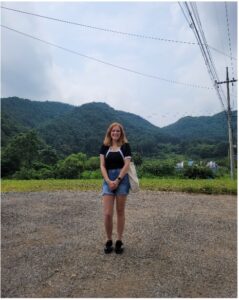
This was an excellent experience for me. If you enjoy trying new foods and are not intimidated by a possible language barrier, Korea is a beautiful place to visit.
It was simple to navigate by walking, or by taking a bus, subway, or taxi. Their accessible public transportation is commended worldwide, and they have amazing destinations to explore in and outside the city. In South Korea, there is something for everyone to enjoy.
